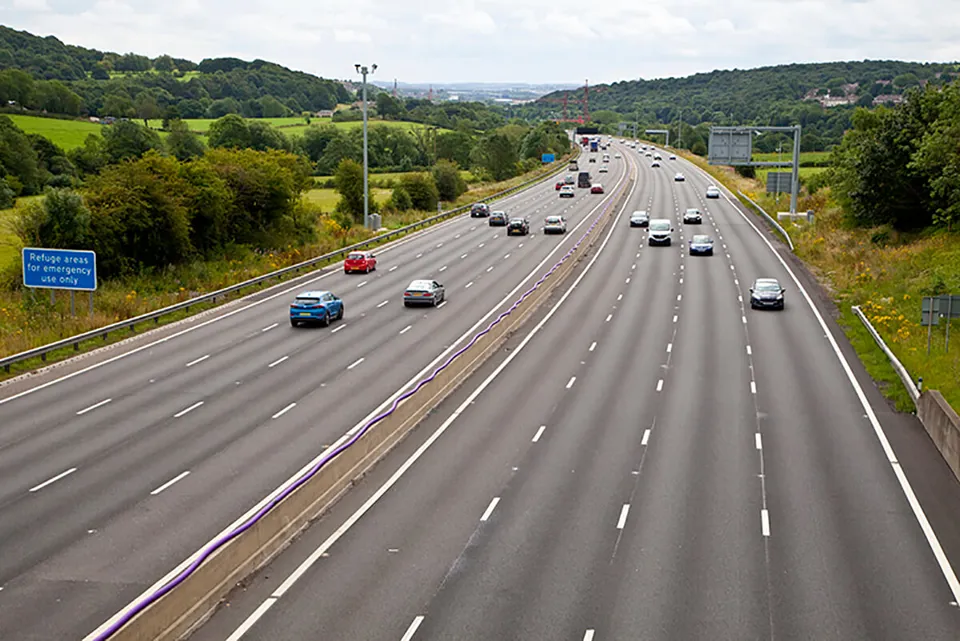Safety concerns over hard shoulder running on so-called ‘smart motorways’ remain as a Fleet News poll shows that just one in three think it’s a good idea.
It comes in the wake of new research which revealed that half of motorists are not familiar with emergency refuge areas (ERAs).
The study, conducted by the RAC with more than 2,000 motorists, found that in excess of half (52%) of those surveyed did not know what an ERA was.
Furthermore, there was also confusion about how to use an ERA, with two-thirds neither knowing what to do after stopping (64%) nor how to re-join the motorway (65%). And, even of the 1.5% who had actually used an emergency refuge area, only one respondent knew they should contact Highways England to facilitate getting back on to the motorway if the hard shoulder was operating as a running lane for traffic.
Everyone else thought they should just wait for a gap in the traffic and then accelerate as quickly as possible to motorway speed.
There was, however, good awareness of when it is appropriate to stop in an emergency refuge area. Almost every motorist (98%) said they should be used in a breakdown and 90% stated they should be used after an accident, but 40% also thought it was appropriate to use an emergency refuge area for medical reasons such as needing to take medication. Worryingly, 27% thought they could be used for either the driver or a passenger to be sick.
Lesley Slater, operations and business development director at LeasePlan UK, said: “It is important for drivers to take responsibility for their own safety by staying up to date with any new laws introduced.”
However, she added: “Confusion around what is and what is not legal on the motorway is compounded by the fact that drivers are not allowed to drive on the motorway until passing their practical driving test. This is right from a driver safety perspective but as it isn’t mandatory to have an additional motorway driving lesson, this can lead to gaps in knowledge, confidence and experience.”
Highways England ran a radio advertising campaign reminding people of the correct use of ERAs and is currently conducting a review, the findings of which are expected to be published soon.
The RAC has been working closely with Highways England and is backing work to improve the motoring public’s understanding of ERAs and how to use them.
RAC chief engineer David Bizley said: “Even though the first smart motorway was created more than 10 years ago and more schemes have come into operation in the past few years there will still be many people who have not driven on one purely as a result of where they live and drive.
“It is essential motorists understand how and when to use an emergency refuge area so they do not put their own safety and that of other road users at risk.”
Vehicles should pull up to the indicated mark on the tarmac or the emergency telephone and then the occupants should leave the vehicle from the passenger side. Everyone should stand behind the barriers and should use the emergency roadside telephone provided to speak to a Highways England representative.
The road safety charity Brake supports the introduction of smart motorways and praised Highways England for the work it has done to improve safety.
However, a Brake spokesman said: “It does concern us that there appears to be a lack of awareness among drivers of what an emergency refuge area is for. We would encourage Highways England to continue with an advertising campaign explaining the benefits of ERAs.”
The Government is investing £3 billion to upgrade existing motorways to become smart motorways by 2020 and have already added more than 472 extra lane miles of capacity to the strategic road network through their implementation.





















Ian Coleman - 13/06/2017 10:41
lack of information from the DOT again , they want to make these so called smart motorway BUT do not put out any information to the masses on how to use them. massive accident waiting to happen.